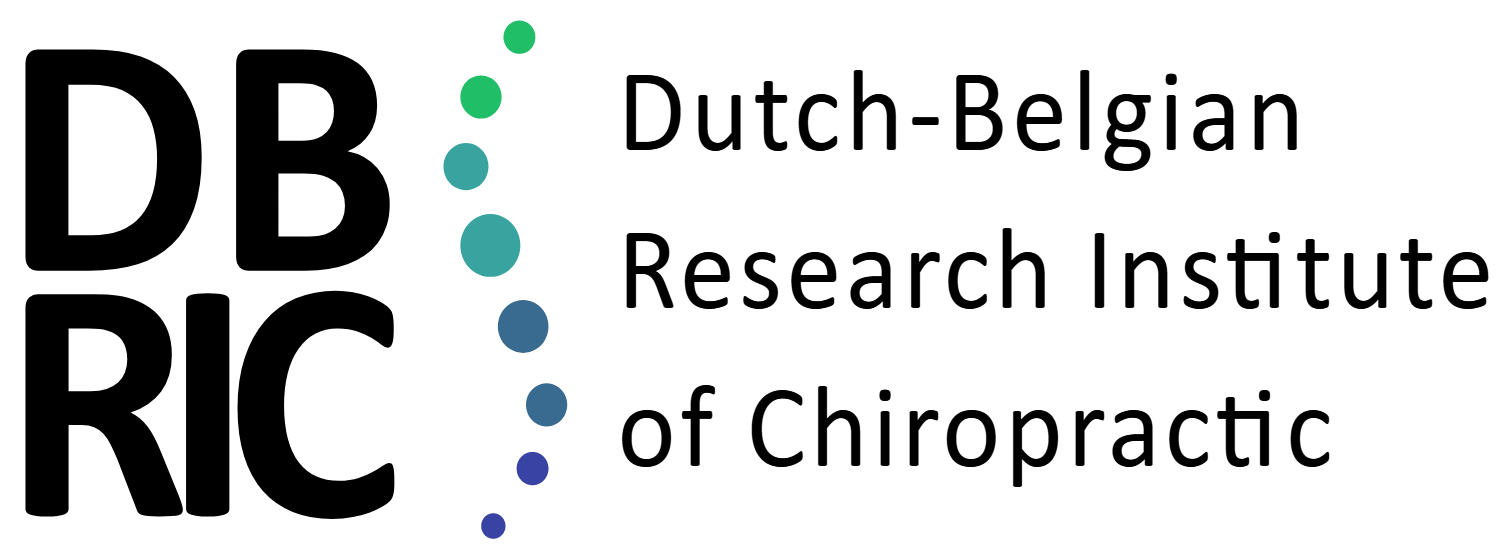Lors de sa réunion semestrielle, le conseil d’administration de DBRIC a accordé une subvention à la demande de d’Annemarie de Zoete. Une subvention de 31 149 € a été attribuée.
Title: Would the results from our earlier IPD meta-analysis on spinal manipulative therapy for chronic low back pain have been different if we had conducted a responder analysis?
Project team: Annemarie de Zoete, Michiel de Boer, Raymond Ostelo, Sidney Rubinstein
Content:
Low back pain is a common and disabling global disorder representing a great burden to the individual and society. Scientific evidence suggests that Spinal manipulation and mobilization are an effective treatment for LBP, although it is not effective for everyone.
In this current proposal we will identify patients that benefit from SMT (responders) and no those who do not benefit form SMT (non-responder). Furthermore, we will explore the characteristics of those (non) responders.
In short, it remains problematic to determine who is likely to respond to treatment. Various methodological approaches have been conducted, the most common of which focuses on mean (or average) data for the groups. This is potentially not without problems because only partly weights in those individuals who ‘respond’ to care. Other approaches have been suggested which focus on those responders to care, but these are also not without critique.
In our previous analysis with data collected from 21 randomized controlled trials (RCTs), our analysis focused on the mean (or averages) for the groups. This current proposal will focus on other approaches in order to complete the picture and may potentially allow us to identify patients that benefit from SMT (responders) and no those who do not benefit form SMT (non-responder) which had not been identified in our earlier analysis. Furthermore, we will explore the characteristics of those (non) responders using this other approach.
This proposal may benefit patients, chiropractors, and chiropractic profession by helping to identify those likely to respond to care.
